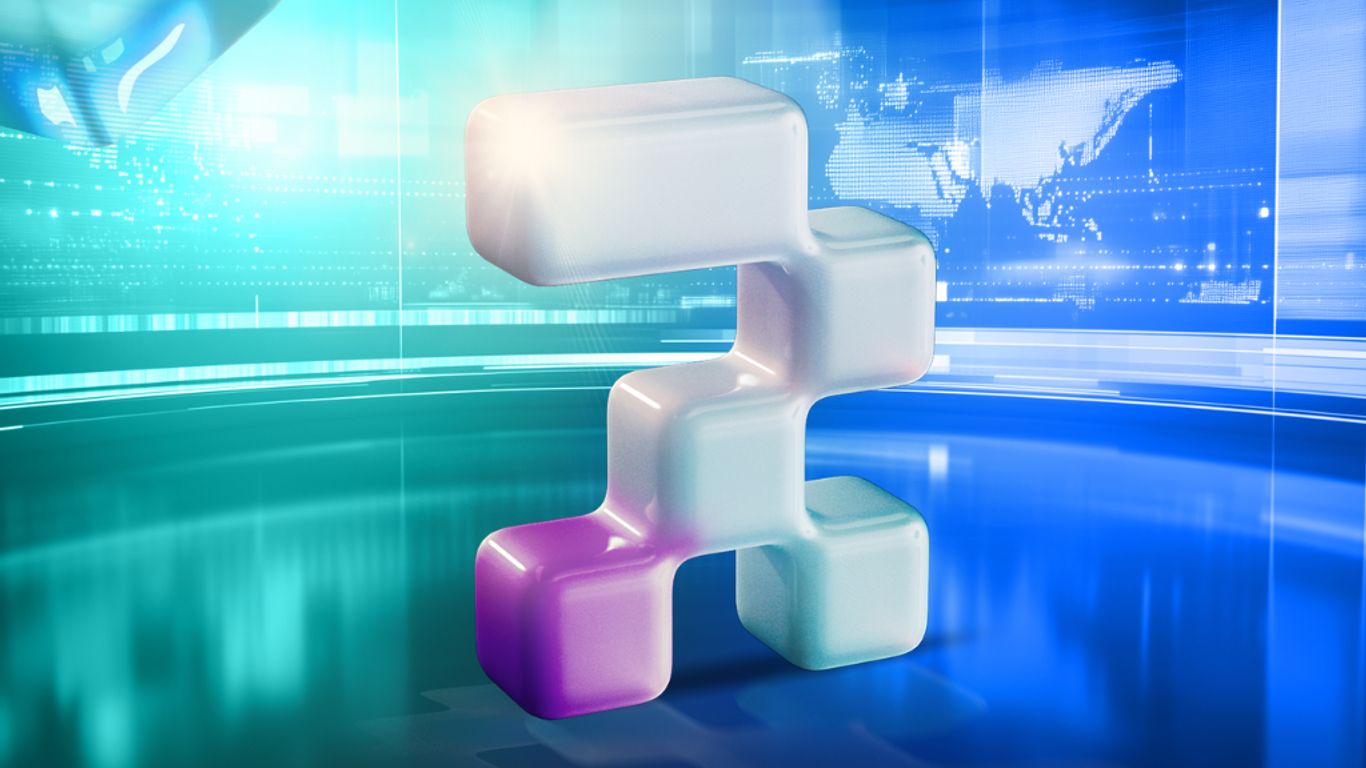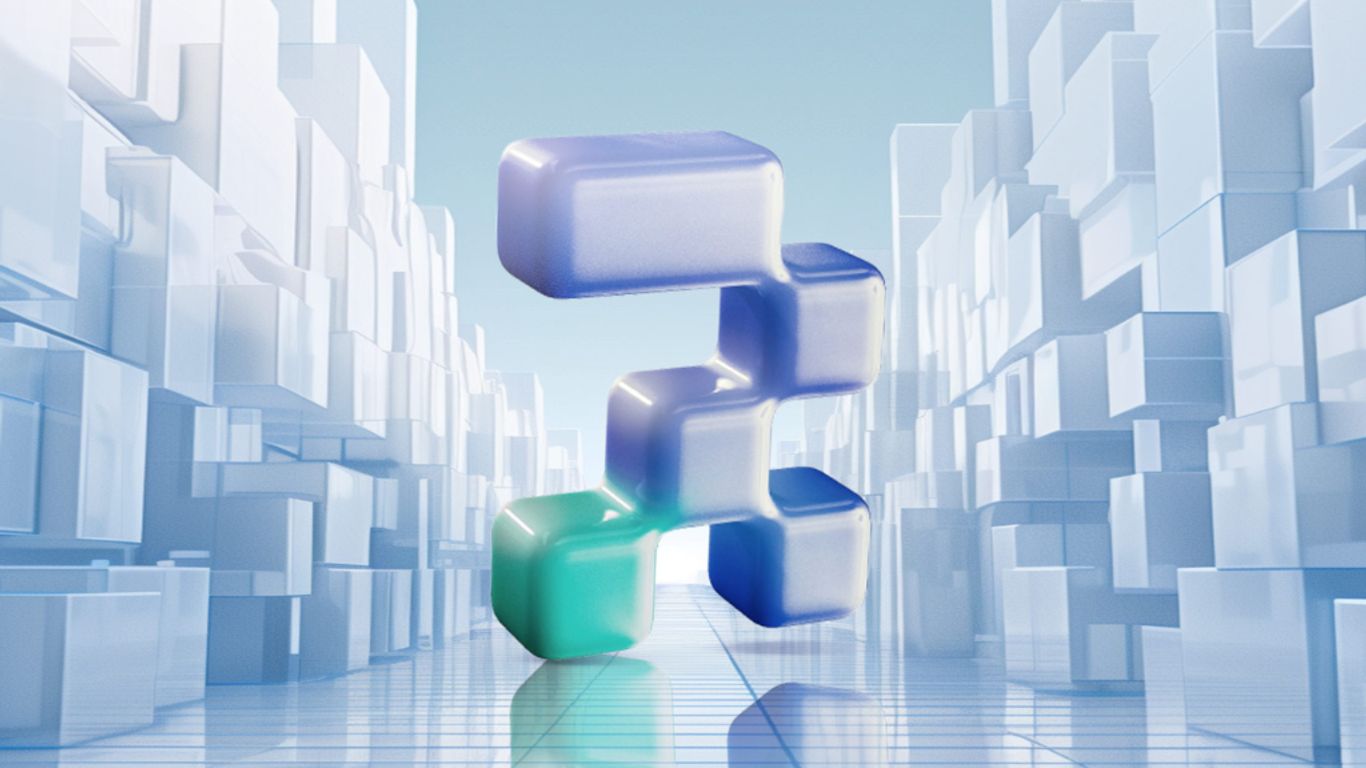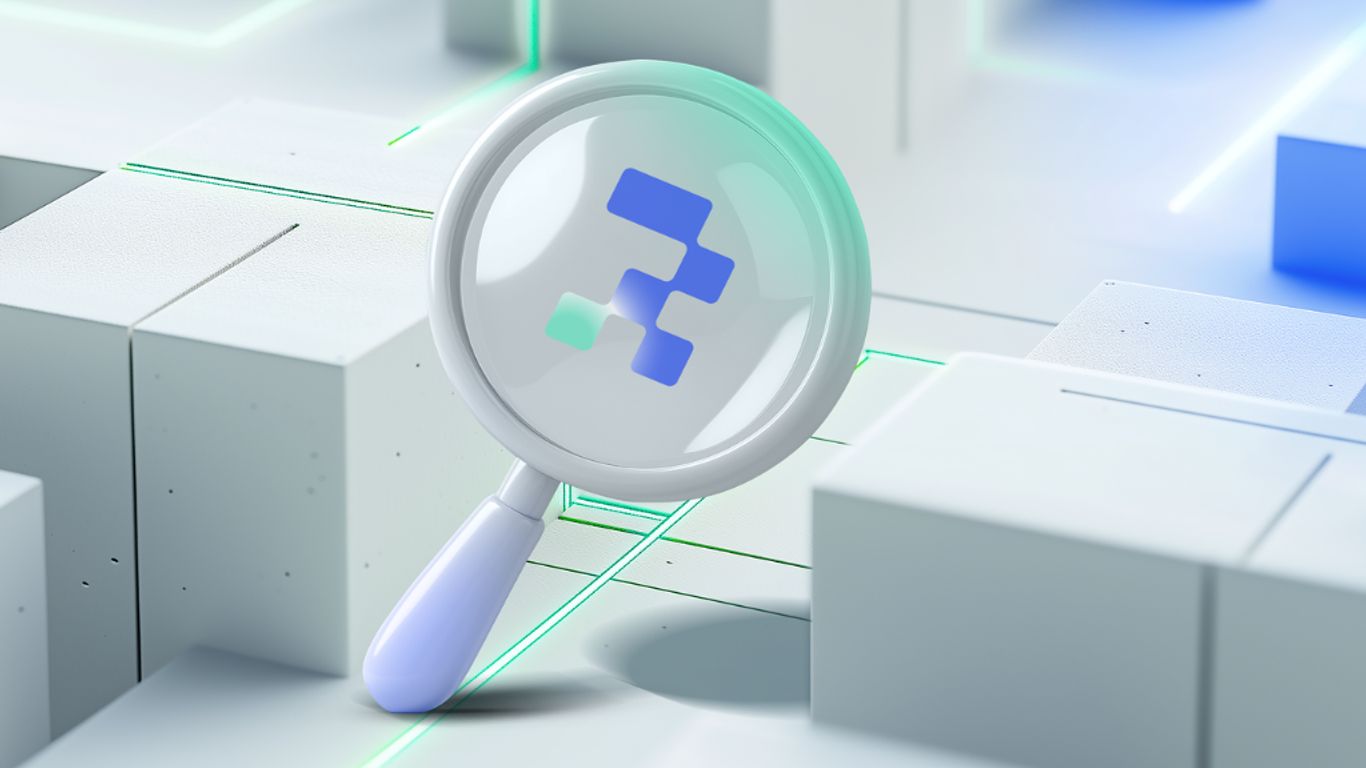The world of finance is witnessing a significant transformation with the rise of tokenized funds backed by real-world assets (RWAs). This innovative approach is reshaping how we think about investing, making it more accessible and efficient for a wider range of people. By turning physical assets like real estate and art into digital tokens on the blockchain, tokenization allows for easier trading, increased liquidity, and fractional ownership. This article will explore the various aspects of this emerging trend, including its benefits, challenges, and future potential.
Key Takeaways
- Tokenized funds make investing easier for everyone, allowing access to assets that were once hard to reach.
- They can reduce costs and speed up transactions, making the investment process more efficient.
- Investors can own small parts of high-value assets, promoting fairness and inclusivity.
- Tokenization enhances security and transparency through the use of blockchain technology.
- The future of investing is likely to include more innovative financial products thanks to tokenization.
Understanding RWA-Backed Tokenized Funds
Definition and Core Concepts
Tokenized funds are investment vehicles that convert real-world assets (RWAs) into digital tokens on a blockchain. This innovative approach allows for easier buying, selling, and tracking of ownership. By turning traditional assets into tokens, investors can trade them more efficiently.
Historical Context and Evolution
The idea of tokenization has grown significantly over the last decade, especially with the rise of cryptocurrencies. Initially linked to digital currencies, it has now expanded to include various asset classes like real estate and private equity. This shift has opened new investment opportunities, making them more accessible to a wider audience.
Key Differences from Traditional Funds
Tokenized funds differ from traditional funds in several ways:
- Accessibility: Tokenized funds allow smaller investments, making high-value assets available to more people.
- Liquidity: They enhance liquidity by enabling fractional ownership, allowing investors to buy and sell smaller portions of assets.
- Transparency: Blockchain technology ensures a clear and traceable record of ownership and transactions, promoting trust among investors.
The rise of RWA tokenization is just the beginning. As technology evolves, we can expect even more innovative applications and broader adoption across various asset classes.
Key Asset Classes in Tokenization
Tokenization is changing how we invest in various asset classes, making them easier to trade and more accessible. Here are some key asset classes that are benefiting from this transformation:
Real Estate
- Fractional Ownership: Investors can buy shares in properties, making real estate investment more affordable.
- Increased Liquidity: Tokenized real estate can be bought and sold more easily, improving market fluidity.
- Simplified Transactions: The process of buying and selling properties becomes faster and less complicated.
Debt Instruments
- Government Securities: Platforms like Ondo Finance are pioneering tokenized ETFs representing U.S. Treasuries and corporate bonds, providing investors with exposure to fixed-income securities and unprecedented daily liquidity.
- Asset-Based Finance: Innovators such as HydraX and Securitize are tokenizing real-world debt instruments, democratizing access to capital for businesses and opening new revenue streams for investors.
- Stablecoins: Fiat-collateralized stablecoins like Circle’s USDC and Tether (USDT) continue to play a crucial role in the debt tokenization ecosystem, offering a stable medium of exchange.
Commodities
- Simplified Trading: Tokenizing items like gold or oil can simplify trading, making it easier for investors to access these markets.
- Fractional Ownership: Investors can own fractions of commodities, lowering the barrier to entry.
- Increased Transparency: Blockchain technology ensures authenticity and ownership, reducing fraud risks.
Tokenization is not just about technology; it’s about making investments accessible to everyone. This shift opens up new opportunities for retail investors, allowing them to participate in markets that were once exclusive to large institutions.
Benefits of Tokenizing Real-World Assets
Tokenizing real-world assets (RWAs) offers several advantages that can transform how we invest and trade. Here are the key benefits:
Increased Liquidity
Tokenization can significantly boost liquidity by making it easier to buy and sell assets. When assets are converted into digital tokens, they become more tradable. This allows for fractional ownership, meaning investors can buy and sell smaller parts of an asset, making it more accessible to a wider audience.
Fractional Ownership
One of the most exciting benefits of tokenization is fractional ownership. This allows investors to own smaller shares of high-value assets. For example:
- A large office building can be divided into shares.
- Expensive collectibles can be owned by multiple investors.
- Investors can participate in high-value markets without needing large amounts of capital.
Enhanced Transparency
Blockchain technology ensures a clear and traceable record of asset ownership and transactions. When RWAs are tokenized, information about ownership and transactions becomes visible to participants on the blockchain. This transparency allows anyone with the right permissions to verify and trace the history of an asset, promoting trust and accountability.
The benefits of tokenizing RWAs are not just theoretical; they are reshaping the investment landscape, making it more inclusive and efficient.
In summary, the benefits of tokenizing real-world assets include increased liquidity, fractional ownership, and enhanced transparency, all of which contribute to a more accessible and efficient market.
Technological Advancements Driving Tokenization
Blockchain and Smart Contracts
Blockchain technology is the backbone of tokenization. Recent improvements have made it more secure and efficient. Smart contracts are self-executing agreements that automate transactions, reducing the need for middlemen. This leads to:
- Faster transaction times
- Lower costs
- Increased trust among users
Interoperability and Standards
The introduction of token standards like ERC-20 and ERC-721 has improved how different platforms interact. This means that tokenized assets can be traded more easily across various systems, enhancing market efficiency.
Security Enhancements
Security is crucial in the world of tokenization. Innovations in cryptographic techniques and smart contract auditing help protect sensitive data. These advancements are essential for building trust among investors and users.
The future of tokenization looks promising with these technological advancements, paving the way for a more inclusive and efficient financial ecosystem.
Scalability Solutions
Scalability has always been a challenge for blockchain networks. New solutions like sharding and layer-two protocols are addressing these issues. These technologies allow for more transactions to be processed simultaneously, making the system more efficient. As a result, tokenization can handle a larger volume of assets without compromising on speed or security.
Diversification of Tokenized Assets
Tokenization is expanding beyond just real estate and art. It now includes a wider range of assets, such as:
- Debt instruments
- Commodities
- Intellectual property
This diversification opens up new investment opportunities and markets, with the potential for the tokenization of real-world assets to reach nearly $4 trillion by 2030.
Regulatory Landscape for Tokenized Assets
US Regulatory Framework
In the United States, the Securities and Exchange Commission (SEC) is actively shaping the rules for tokenized assets. They have taken steps against projects that don’t follow the law, which helps create a safer environment for future tokenization efforts. However, the lack of clear regulations has led some transactions to happen outside U.S. control, which can complicate things.
European Regulations
In Europe, regulations like MiFID II and MiCA are important. They focus on making sure investors are protected and that there is transparency in the market. These rules have made tokenization more legitimate, attracting more institutional investors who are now more willing to explore these opportunities.
Asia-Pacific Initiatives
In the Asia-Pacific region, China is leading the way in tokenization, even though it has banned cryptocurrencies. The country is looking into ways to tokenize real-world assets to improve supply chain efficiency and facilitate cross-border transactions. This controlled approach positions China as a key player in the global tokenization landscape.
The regulatory landscape is evolving, and understanding these regulations is vital for market participants as tokenization continues to gain traction in financial markets.
Summary Table of Key Points
Understanding these regulations is crucial for the growth and acceptance of tokenized assets, ensuring they can be integrated into the broader financial system effectively.
Challenges and Risks in Tokenizing Real-World Assets
Tokenizing real-world assets (RWAs) can be exciting, but it also comes with its own set of challenges and risks. Navigating these hurdles is crucial for widespread adoption.
Regulatory Hurdles
- Different countries have different laws regarding asset ownership and trading.
- Compliance with securities laws is essential to protect investors.
- Unclear regulations can lead to legal issues for companies trying to tokenize assets.
Technological Barriers
- Setting up a blockchain platform requires advanced technology and expertise.
- Issues like scalability and security can hinder the effectiveness of tokenization.
- Not all organizations have the resources to maintain a blockchain system.
Market Acceptance
- Many people are still unfamiliar with the concept of tokenization.
- There can be skepticism about the legitimacy of digital tokens.
- Widespread adoption is necessary for tokenization to succeed in the long run.
The journey of tokenization is not just about technology; it’s about building trust and understanding among all participants in the market.
Case Studies of Successful Tokenization
Real Estate Examples
One of the most exciting areas for tokenization is real estate. A notable example is the tokenization of a luxury Manhattan condo on the Ethereum blockchain. This allowed investors to buy shares in the property, making it easier for smaller investors to access high-value real estate markets that were previously out of reach.
Art and Collectibles
The art market has also embraced tokenization. For instance, Maecenas, a blockchain-based platform, tokenized Andy Warhol’s painting “14 Small Electric Chairs” in 2018. This allowed multiple investors to own fractions of the artwork, making art investment more accessible and liquid.
Private Equity
Several companies are already seeing the benefits of tokenization in private equity. For example:
- RWA.io has made investments more accessible and efficient, allowing institutional investors to engage with tokenized assets.
- DigitalX has launched funds that allow fractional ownership of properties, making real estate investment easier for everyday investors.
- Securitize partnered with Blackrock to create innovative fund products.
Tokenization is not just a trend; it's a revolution that's making various industries more accessible and efficient.
In summary, tokenized assets are reshaping private equity by making it easier for more people to invest, streamlining funding processes, and providing real-world examples of success. The future looks bright for this innovative approach to investing.
The Role of DeFi in RWA-Backed Tokenized Funds
Integrating with Traditional Finance
Real-world asset (RWA) tokenization serves as a bridge between traditional finance and decentralized finance (DeFi). This connection opens up new opportunities for both sectors, allowing for more efficient transactions and broader access to financial services. Tokenized real-world assets have been a growing segment of the DeFi ecosystem, with RWA total value locked sitting at ~$5 billion in December 2023.
Benefits for Both Sectors
The integration of RWAs into DeFi offers several advantages:
- Increased Liquidity: Tokenized assets can be traded 24/7, enhancing market liquidity.
- Accessibility: More people can participate in financial markets without needing a traditional bank account.
- Streamlined Processes: Transactions become faster and cheaper, benefiting all users.
Challenges and Solutions
While the integration of RWAs into DeFi presents exciting opportunities, it also comes with challenges:
- Regulatory Compliance: Ensuring that tokenized assets meet legal standards is crucial.
- Security Risks: Protecting against hacks and fraud is essential for user trust.
- Market Volatility: Managing the risks associated with price fluctuations is necessary for stability.
The integration of RWAs into DeFi is not just a trend; it’s a way to bridge traditional finance and the digital world, making financial services more accessible to everyone.
In summary, the role of DeFi in RWA-backed tokenized funds is pivotal for creating a more inclusive and efficient financial landscape.
Future Trends in RWA-Backed Tokenized Funds
The future of RWA tokenization is bright and full of potential. As we look ahead, several key trends are emerging that promise to reshape the landscape of real-world asset (RWA) tokenization.
Market Growth Projections
The market for tokenizing real-world assets is projected to grow significantly. Here’s a quick look at the expected growth trajectory:
Key factors driving this growth include:
- Increased interest from investors.
- Enhanced liquidity in asset management.
- Greater efficiency in transactions.
Emerging Asset Classes
One of the most exciting trends is the introduction of new asset classes into the tokenization space. We're not just talking about real estate and art anymore. Imagine tokenizing everything from intellectual property to renewable energy credits. This expansion will open up a world of investment opportunities that were previously inaccessible to most investors.
Increased Institutional Participation
Big financial players are starting to take notice. Institutions like JPMorgan Chase, HSBC, and Goldman Sachs are already exploring the potential of RWA tokenization. Their involvement will bring more credibility and stability to the market, encouraging even more participation from other institutional investors.
The integration with DeFi is unlocking new investment strategies and regulatory clarity, paving the way for mass adoption.
In summary, the future trends in RWA tokenization are set to revolutionize the way we invest in real-world assets. From new asset classes to increased institutional participation and global market expansion, the possibilities are endless.
Popular Platforms for Tokenizing Real-World Assets
Tokenization of real-world assets (RWAs) is becoming increasingly popular, allowing investors to access a variety of asset classes. Here are some of the most notable platforms:
Ethereum
- Ethereum is a leading public blockchain that supports smart contracts, making it a popular choice for tokenizing assets. Its large developer community and established infrastructure provide a robust environment for creating and trading tokens.
Hyperledger Fabric
- Hyperledger Fabric is a private blockchain framework designed for enterprise solutions. It allows businesses to create customized tokenization solutions while ensuring privacy and security.
Stellar
- Stellar focuses on facilitating cross-border transactions and is ideal for tokenizing financial assets. Its fast transaction speeds and low fees make it attractive for businesses looking to tokenize assets efficiently.
Tokenization platforms are revolutionizing how we invest, making it easier for everyone to participate in the market. These platforms not only enhance liquidity but also provide a secure and transparent way to manage ownership of real-world assets. As the technology evolves, we can expect even more innovative solutions to emerge in the tokenization space.
Strategic Partnerships and Collaborations
Notable Partnerships
In the world of tokenized funds, strategic partnerships are crucial for driving innovation and expanding market reach. Here are some key collaborations:
- BlackRock and Securitize: Working together to create new fund products that leverage tokenization.
- Franklin Templeton: Developing a blockchain-based money market fund to enhance liquidity.
- Moniflo: Partnering with sustainability organizations to make green investments accessible.
Infrastructure Maturity
The growth of tokenized funds is supported by advancements in technology. Notable developments include:
- Layer 2 networks: These improve scalability and reduce costs for transactions.
- Increased interest: Nearly 48% of Swiss banks are exploring or implementing tokenization.
- Active crypto addresses: Monthly active addresses have surged to 220 million, indicating growing participation in the crypto space.
Expected Outcomes
As institutions enter the market, we can anticipate:
- Increased liquidity in tokenized asset markets.
- Development of sophisticated financial products.
- Greater market stability and credibility.
The rise of tokenized funds is reshaping finance, making it more inclusive and efficient for everyone. Tokenization is not just a trend; it’s a transformative force in the investment landscape.
Expanding Asset Classes
While real estate, debt, and commodities have led the initial wave of tokenization, the scope is rapidly expanding. Emerging asset classes include:
- Intellectual Property (IP): Tokenizing patents, copyrights, and trademarks.
- Future Earnings: Tokenizing potential earnings from athletes, artists, and corporations.
- Natural Resources: Tokenizing carbon credits and water rights.
This evolution highlights the potential of blockchain technology to transform how we manage and invest in various asset classes, making them more accessible to a wider audience.
Conclusion
In summary, the growth of tokenized funds backed by real-world assets is changing the investment landscape. This new approach makes it easier for more people to invest in valuable assets that were once only available to the wealthy. By using blockchain technology, these funds offer faster transactions, lower costs, and greater transparency. As more investors recognize the benefits of tokenization, we can expect to see even more innovative financial products emerge. The future of investing looks promising, with tokenization paving the way for a more inclusive and efficient financial system.
Frequently Asked Questions
What are tokenized funds?
Tokenized funds are investment vehicles that use blockchain technology to turn real-world assets into digital tokens. This makes it easier for people to buy, sell, and trade these assets.
How does tokenization work?
Tokenization works by creating a digital version of a physical asset on a blockchain. This allows for easier tracking of ownership and faster transactions.
What are the benefits of tokenizing real-world assets?
Tokenizing real-world assets can increase liquidity, enhance transparency, and allow for fractional ownership. This means more people can invest in high-value assets.
What types of assets can be tokenized?
Many types of assets can be tokenized, including real estate, art, commodities, and even debt instruments like bonds.
How does tokenization improve market efficiency?
Tokenization simplifies ownership records and speeds up transactions. This makes it easier for investors to buy and sell assets, improving overall market efficiency.
What challenges do tokenized funds face?
Tokenized funds face challenges like regulatory hurdles, technological barriers, and the need for market acceptance. These issues can slow down their growth.
Are tokenized assets safe to invest in?
While tokenized assets can offer increased transparency and security through blockchain technology, investors should still do their research and understand the risks involved.
What is the future of tokenized funds?
The future of tokenized funds looks promising, with expectations of market growth and the introduction of new asset classes and financial products.




